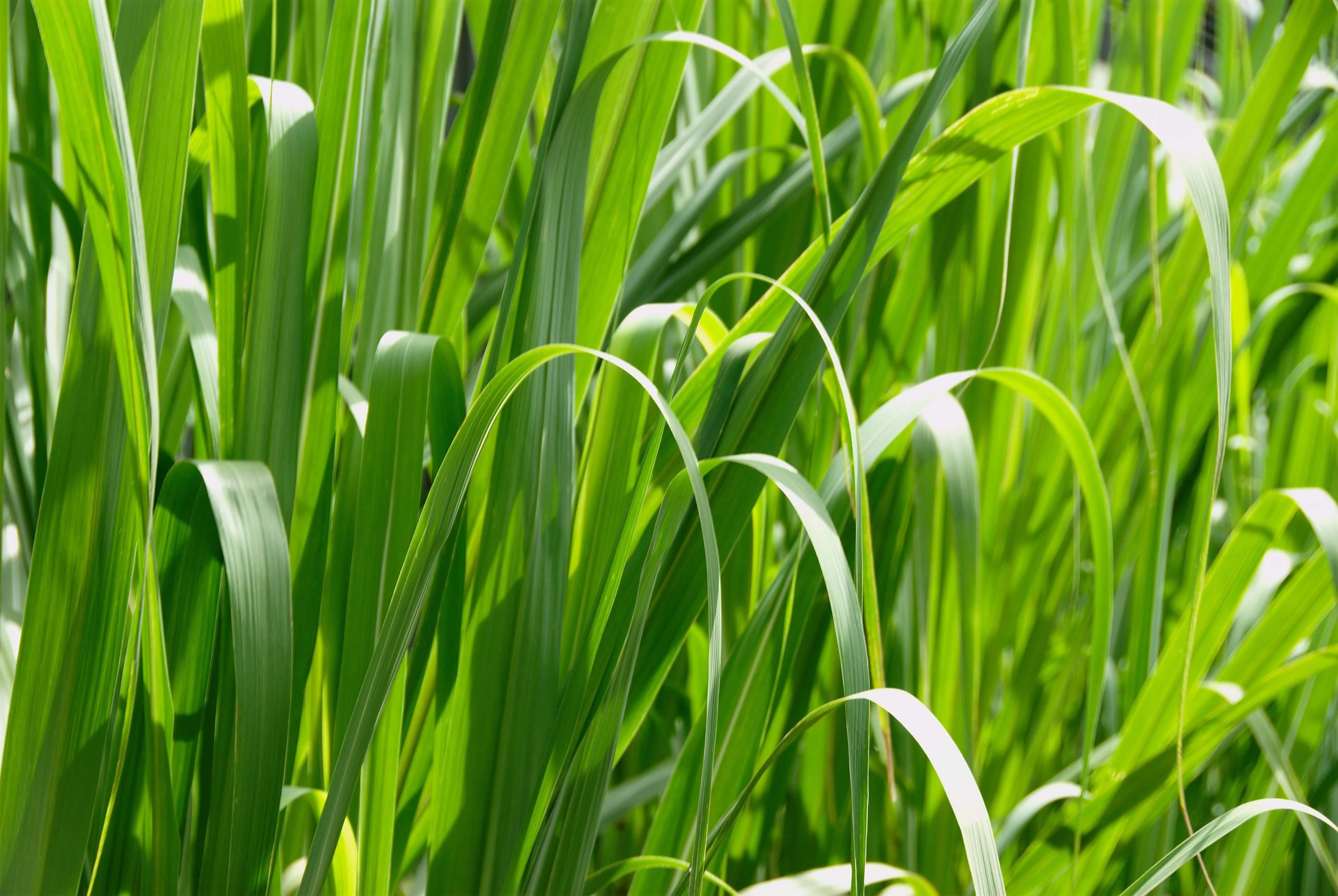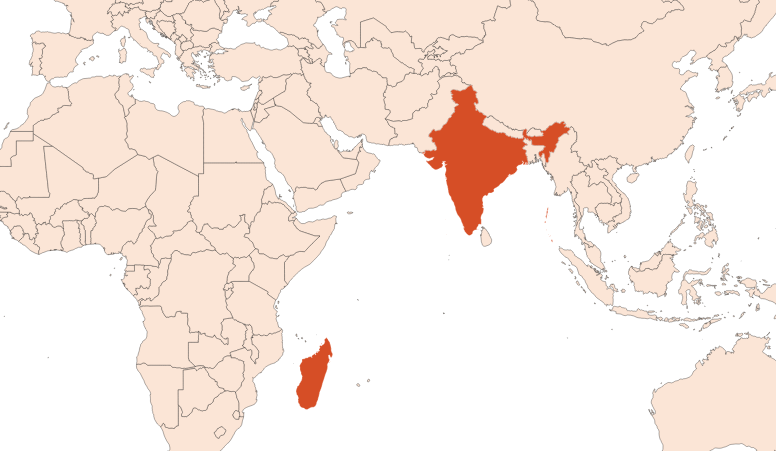
| Company | Ingredient Name | ID | Comments | Naturality | Certifications | Purity | Latin name | Treated part | Geographical origin | MOQ |
|---|---|---|---|---|---|---|---|---|---|---|
|
|
Huile essentielle de Palmarosa - 30 gr | - |
Visit website
|
- | - | - | - | - | - | |
|
|
Palmarosa oil | CM-001 |
Visit website
|
Natural |



|
100 | Cymbopogon martinii | Leaves | Indonesia | 100 Kgs |
|
|
PALMAROSA Folded Essential Oil | M_0060092 |
Visit website
|
Naturel | - | - | - | - | - | |
|
|
PALMAROSA EO | 4410000031 |
Visit website
|
Naturel | - | - | - | - | - | |
|
|
PALMAROSA | N710F |
Visit website
|
Huile essentielle |

|
- | Cymbopogon martinii (Roxb.) Will. Watson var. motia | Partie aérienne | Madagascar | - |
|
|
PALMAROSA | B710F |
Visit website
|
Huile essentielle |

|
- | Cymbopogon martinii (Roxb.) Will. Watson var. motia | Partie aérienne | Madagascar | - |
|
|
PALMAROSA | N1888 |
Visit website
|
Huile essentielle |

|
- | Cymbopogon martinii (Roxb.) Will. Watson var. motia | Feuille | Madagascar | - |
|
|
PALMAROSA | A0970 |
Visit website
|
Huile essentielle | - | Cymbopogon martinii (Roxb.) Will. Watson var. motia | Feuille | Inde | - | |
|
|
PALMAROSA | B711 |
Visit website
|
Huile essentielle |

|
- | Cymbopogon martinii (Roxb.) Will. Watson var. motia | Partie aérienne | Inde | - |
General Presentation
-
CAS N° : 8014-19-5 // 84649-81-0
-
EINECS number : 283-461-2
-
FEMA number : Donnée indisponible.
-
Appearance : Liquide jaune à jaune pâle
-
Density : 0,880 - 0,894 @20°C
-
Volatility : Heart
-
Price Range : €€
Physico-chemical properties
-
Optical rotation : Donnée indisponible
-
Vapor pressure : Donnée indisponible
-
Refractive Index @20°C : Donnée indisponible
-
Acid Value :
-
Flash Point :
Uses
Uses in perfumery :
It is an economical alternative to rose and Geranium EO. Also give a interesting green facets
Major Components :
- Geraniol (74 - 94%)
- Geranyl Acetate (5 - 20%)
- Geranyl Formate (5 - 15%)
- Linalool (2 - 4%)
- Nerol (≈1%)

Photo credits: ScenTree SAS
Botanical name :
Cymbopogon martini (Roxb.) W.Watson
Synonyms : Andropogon martini Robx. // Andropogon calamus-aromaticus Royle
Botanical profile :
Le palmarosa est une plante herbacée appartenant à la famille des Poacées et au genre cymbopogon comme les lemongrass et les citronnelles
Chemotypes :
Le genre Cymbopogon (nom latin venant du grec kymbe, signifiant bateau, et pogon, signifiant barbe) comprends près d’une soixantaine d’espèces. Voici ci-dessous une liste des espèces utilisées en parfumerie.
Les citronnelles :
• Cymbopogon nardus (L.) Rendle – Citronnelle Ceylan HE, présent principalement au Sri Lanka
• Cymbopogon winterianus Jowitt – Citronnelle Java HE, présent principalement en Indonésie.
• Cymbopogon pendulus – Citronnelle Jammu HE, présent principalement en Inde.
Les lemongrass :
• Cymbopogon citratus (DC.) Stapf – West indian lemongrass HE
• Cymbopogon flexuosus (Nees ex Steud.) W.Watson – East indian lemongrass HE
Le palmarosa :
• Cymbopogon martinii (Roxb.) J.F. Wats. – Palmarosa HE, présent principalement en Inde, en Indonésie ainsi qu’au Brésil. Son odeur est beaucoup plus rosée que les autres espèces, notamment du fait de sa concentration importante en géraniol.
Extraction process :
Palmarosa is an herb with long flat leaves that can reach up to three meters high and contains the essential oil of the plant. The propagation of a crop is made by a regular sowing of the seeds. The cultivation of the plant must be done on a very well drained soil.
The harvest begins just after flowering, after a few months of cultivation. Native tribes take care of the harvest from March to November. After the harvest, the leaves are dried in the sun for a week to improve the extraction yield: drying them allows to concentrate the volatile molecules, without degrading or modifying the smell of the plant. The extraction is done by steam distillation, under high pressure of water and the essential oil is collected by decantation, in the receptacle at the outlet of the refrigerant.
The yield of the extraction of the plant varies between 0.5 and 1.2%.
The essential oil of palmarosa is often used for the extraction of natural geraniol.
Other comments :
India is the largest palmarosa farmer, particularly in the southern Himalayan regions and at the Afghan border.
Palmarosa essential oil is widely used for the purpose of extracting natural Geraniol. Its level of Geraniol depends on the quality of the phosphate removal of the Geranyl Phosphate present in the plant and the rate of conversion of Geraniol to Geranyl Acetate and Geranial during the processes that take place.
Besides its citral and green smell, the palmarosa gets its name from its particular pinkish smell.
Stability :
The terpenes identified in this raw material can polymerize when they are oxidized
The esters identified in this raw material can form their corresponding acid in stability tests
Regulations & IFRA
Allergens :
Geraniol - Linalool - Citral - Farnesol - D-Limonene
IFRA 51th :
This ingredient is restricted by the 51th amendment
Annexe I :
Some regulated synthetic ingredients are found in nature and in certain proportions in natural ingredients. This presence in nature has to be taken into account when calculating limits of use recommended by the IFRA. In case you do not know these concentrations, you can use the ones estimated by the IFRA. Here they are :
| List of regulated compounds contained in this ingredient | ||
|---|---|---|
| Regulated ingredient name | CAS N° | Estimated Concentration |
| Citral | 5392-40-5 | 0,6 |
| Geraniol | 106-24-1 | 82,4 |
| Farnesol | 4602-84-0 | 1 |


